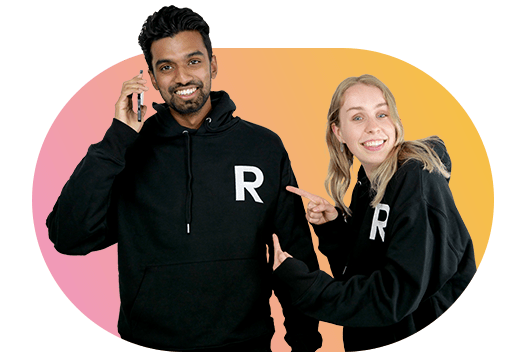How do I integrate Rinkel to other tools using webhooks?

Are you looking to integrate My Rinkel using the API (released in May 2024)? Please navigate to the article about the API.
Please note: webhooks are technical. We highly recommend being or hiring a developer, or having an IT background to implement webhooks into your existing tools. Of course, if you want to play around with it and are willing to invest time to research webhooks, you are more than welcome too!
In this FAQ, we will answer the following questions:
Why do I need a webhook?
How do I set up a webhook?
What data is sent in a webhook?
What security measures are in place for webhooks?
What should I do if my webhook is not working?
You can find webhooks within the Webphone.
Why do I need a webhook?
Webhooks are an efficient way of integrating different services with My Rinkel. By leveraging webhooks, you can automatically trigger certain actions or updates in your other business applications (like CRM, helpdesk, or analytics tools) based on call activities in Rinkel.
For instance, if a new incoming call is received, a webhook could instantly send this data to your URL endpoint, which in turn could automatically create a new ticket in your helpdesk system.
How do I set up a webhook?
To set up a webhook, you need to specify a URL endpoint in your application where Rinkel can send the data. This endpoint should be accessible over the internet and be capable of receiving POST requests. Once you've set up the endpoint, you can provide its URL to Rinkel via Webphone, following the steps below:
Go to the Rinkel Webphone
Click on the gear icon in the top left corner and go to Integrations
Click on the webhook you want to set up (incoming calls, outgoing calls, start of a call, or end of a call)
Enter the URL of your endpoint in the field provided
Click on test URL to check if the URL is valid
Add a description of the webhook (optional)
Click on save to save your changes.
Make sure to allow requests from the Rinkel domain to successfully receive the webhook notifications.
What data is sent in a webhook?
Rinkel has created 4 webhooks, which are currently the same webhook used for our Zapier integration:
Incoming calls
Outgoing calls
The start of a call
The end of a call
Incoming calls:
This webhook is triggered when an incoming call has been made but not yet answered.
id: The unique ID of the call
datetime: The date and time of the call
to: The caller’s number
from: The phone number that was called
Outgoing calls:
This webhook is triggered when you make a call from your Rinkel number but the call has not been answered yet.
id: The unique ID of the call
datetime: The date and time of the call
to: The caller’s number
from: The phone number that was called
The start of a call:
This webhook is triggered the moment you or a colleague answers the incoming call, or the moment the person you are trying to call picks up the phone.
id: The unique ID of the call
datetime: The date and time of the call
answeredBy: The user that answered the call (represented by a unique user id)
choice: Any choice made in the voice menu (only available for incoming calls)
The end of a call:
This webhook is triggered when a call ends, for any of the six available reasons.
id: The unique ID of the call
datetime: The date and time of the call
cause: The reason why the call was terminated (6 options: unanswered, answered, blacklisted, voicemail, call center, outside operation times)
What security measures are in place for webhooks?
Webhooks are secured through several mechanisms. The data sent by the webhook is in JSON format, which is a widely-used, human-readable data format that is easily secured.
The communication between Rinkel and your application is made over HTTPS, ensuring the data is encrypted during transmission.
Moreover, you should only accept requests coming from trusted sources, like the Rinkel domain.
What should I do if my webhook is not working?
If your webhook is not functioning as expected, here are some common steps to troubleshoot the issue:
Check your endpoint: Ensure your endpoint URL is correct and it's accessible over the internet.
Verify HTTP method: Confirm your endpoint is set up to receive POST requests.
Inspect the request and response: Use tools to capture the incoming request and see if there are any errors. Also, make sure your application is returning a success HTTP status code (200 OK) to acknowledge the receipt of the data.
Check for Rinkel's domain: Make sure you are accepting requests from Rinkel's domain.
If you are still having issues, please copy the error messages that you are receiving and send them to the Rinkel support team. We will be happy to help you troubleshoot the issue.

